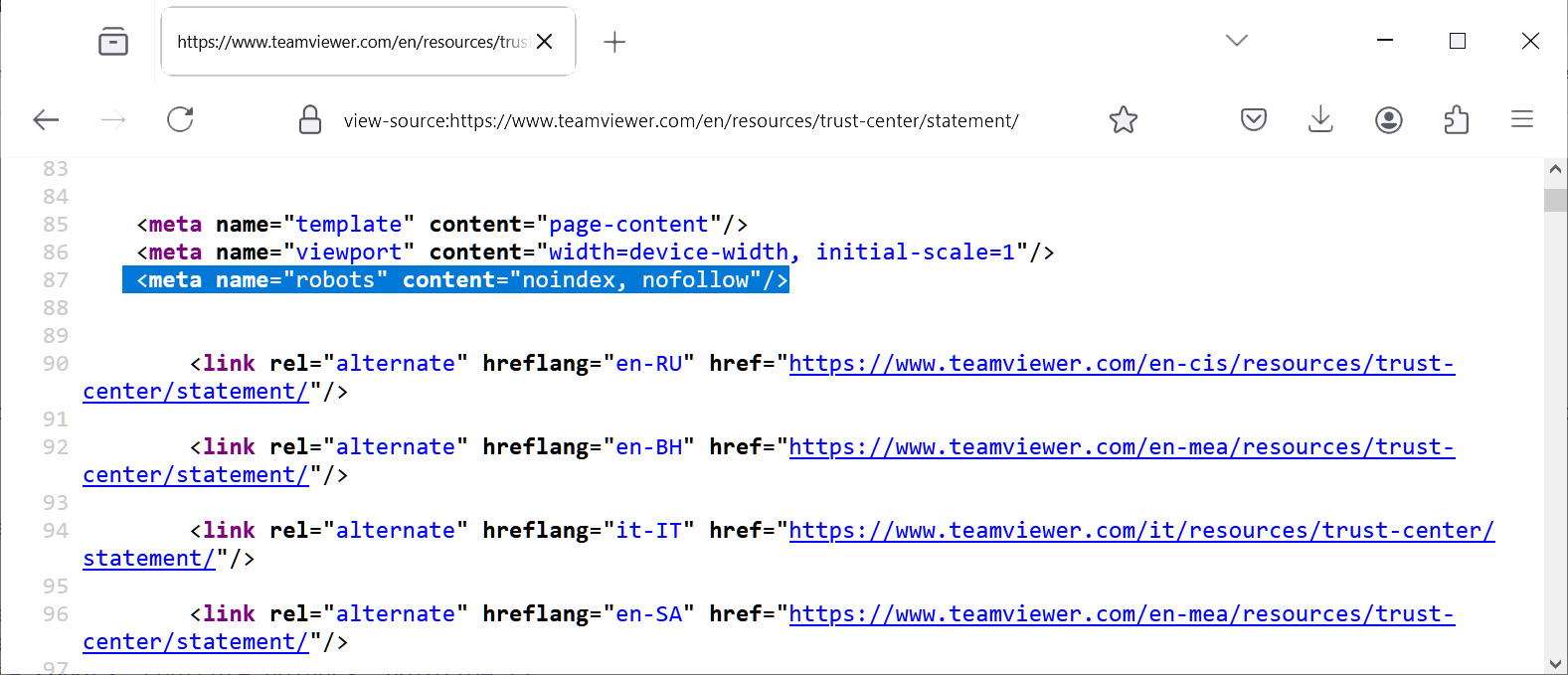The remote access software company TeamViewer is warning that its corporate environment was breached in a cyberattack yesterday, with a cybersecurity firm claiming it was by an APT hacking group.
“On Wednesday, 26 June 2024, our security team detected an irregularity in TeamViewer’s internal corporate IT environment,” TeamViewer said in a post to its Trust Center.
“We immediately activated our response team and procedures, started investigations together with a team of globally renowned cyber security experts and implemented necessary remediation measures.”
“TeamViewer’s internal corporate IT environment is completely independent from the product environment. There is no evidence to suggest that the product environment or customer data is affected. Investigations are ongoing and our primary focus remains to ensure the integrity of our systems.”
The company says that it plans to be transparent about the breach and will continuously update the status of its investigation as more information becomes available.
However, though they say they aim to be transparent, the “TeamViewer IT security update” page contains a HTML tag, which prevents the document from being indexed by search engines and thus hard to find.

Source: BleepingComputer
TeamViewer is a very popular remote access software that allows users to remotely control a computer and use it as if they were sitting in front of the device. The company says its product is currently used by over 640,000 customers worldwide and has been installed on over 2.5 billion devices since the company launched.
While TeamViewer states there is no evidence that its product environment or customer data has been breached, its massive use in both consumer and corporate environments makes any breach a significant concern as it would provide full access to internal networks.
Alleged APT group behind attack
News of the breach was first reported on Mastodon by IT security professional Jeffrey, who shared portions of an alert shared on the Dutch Digital Trust Center, a web portal used by the government, security experts, and Dutch corporations to share information about cybersecurity threats.
“The NCC Group Global Threat Intelligence team has been made aware of significant compromise of the TeamViewer remote access and support platform by an APT group,” warns an alert from the IT security firm NCC Group.
“Due to the widespread usage of this software the following alert is being circulated securely to our customers.”
An alert from Health-ISAC, a community for healthcare professionals to share threat intelligence, also warned today that TeamViewer services were allegedly being actively targeted by the Russian hacking group APT29, aka Cozy Bear.
“On June 27, 2024, Health-ISAC received information from a trusted intelligence partner that APT29 is actively exploiting Teamviewer,” reads the Health-ISAC alert shared by Jeffrey.
“Health-ISAC recommends reviewing logs for any unusual remote desktop traffic. Threat actors have been observed leveraging remote access tools. Teamviewer has been observed being exploited by threat actors associated with APT29.”
APT29 is a Russian advanced persistent threat group linked to Russia’s Foreign Intelligence Service (SVR). The hacking group has been linked to numerous attacks over the years, including attacks on Western diplomats and a recent breach of Microsoft’s corporate email environment.
While the alerts from both companies come today, just as TeamViewer disclosed the incident, it is unclear if they are linked as TeamViewer’s and NCC’s alerts address the corporate breach, while the Health-ISAC alert focuses more on targeting TeamViewer connections.
BleepingComputer contacted TeamViewer with questions about the attack but was told no further information would be shared as they investigated the incident.
NCC Group did not reply to our requests for more information about the breach and its link to APT29.
